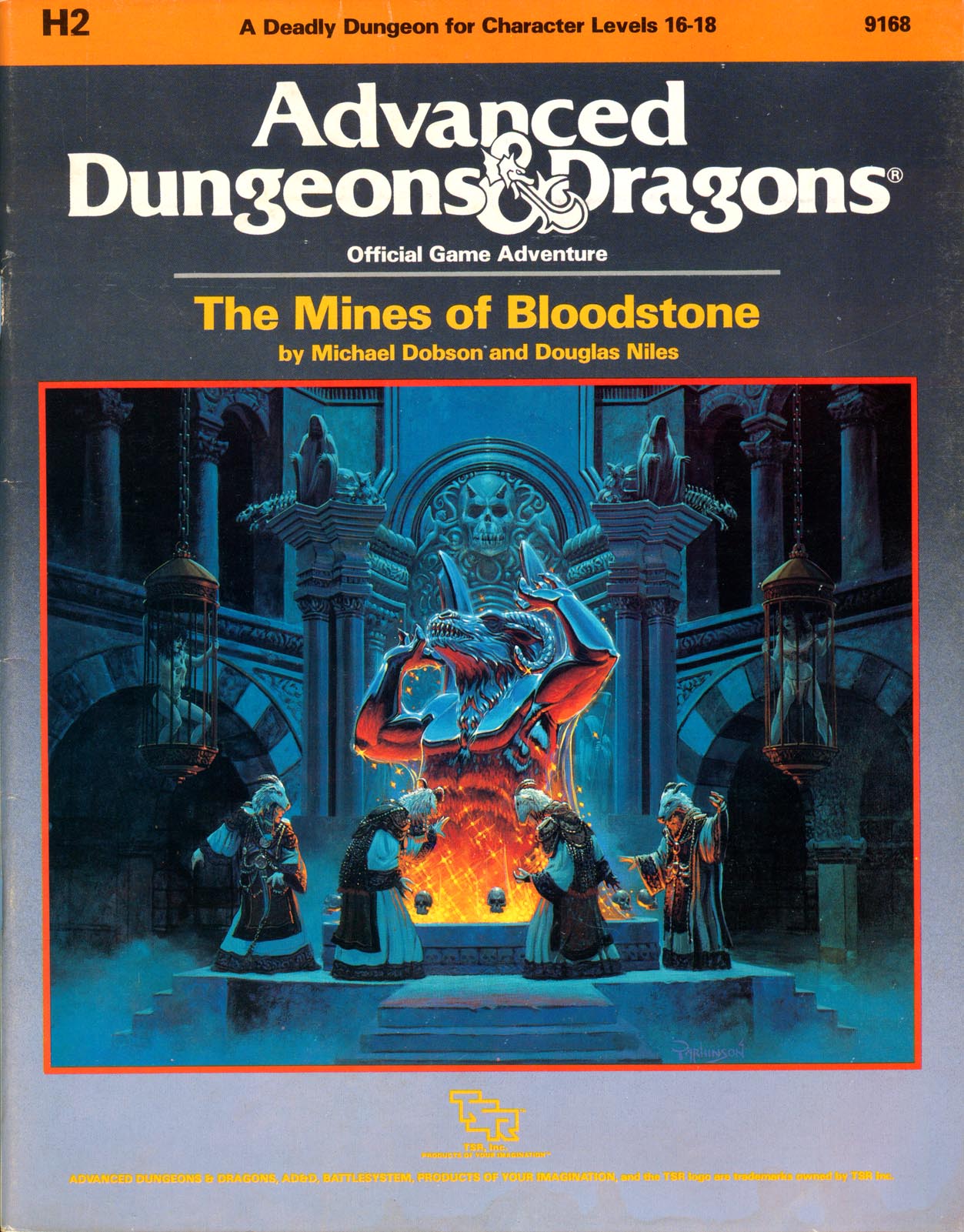I've been trying to pick out a coherent argument here, other than "here is some art that I think is cool". I think some thought should be given to what the cover is going to be used for. So I think of the classic cover for the 1e PHB, which gets you as a player focussed on exploration, interacting with your environment, and acting with stealth, guile, and care - because the players are clearly the one's stealing the idol's eyes in that picture.
Contrast that with the cover for the 1e DMG, which shows a monster (clearly winning), and strange new worlds (the City of Brass).
A lot of more recent products, like campaign settings, are intended for both players and DM's, and need to strike a balance. Here is the inside cover for the 3e Eberron Campaign Guide, which needs to introduce the peculiarities of the setting, and appeal to DMs and players.
So you get the pulp feel which is intended for the setting, some unique setting elements, and a sort of balance between team monster and the PCs.
Compare to this piece by the same artist (Wayne Reynolds), which IIRC is for monster article. Here the monster is clearly the centerpiece, and its power is highlighted:
Now look at this, from Chronicles of Eberron, which is intended for players and DMs:
The raksasha on the right is Hektula, the First Scribe, who sits on the Bleak Council of the Lords of Dust; she is also
prakhutu to the godlike Overlord, Sul Khatesh, the Keeper of Secrets, who temps mortals with secrets of knowledge and power. She clearly outclasses the PCs, who, as in the 1e PHB, must seek their objective through stealth and guile. The scene appears to be taking place in the library of Ashtakala, a city in the Demon Wastes. So this cover essentially combines elements of the 1e DMG (overpowered monster, strange new world) with elements of the 1e PHB. This is by Thomas Bourdon, based on an idea roughly sketched out by the guy who commissioned it, Keith Baker.
If you want to see what Bourdon was working from, here is the concept sketch:





